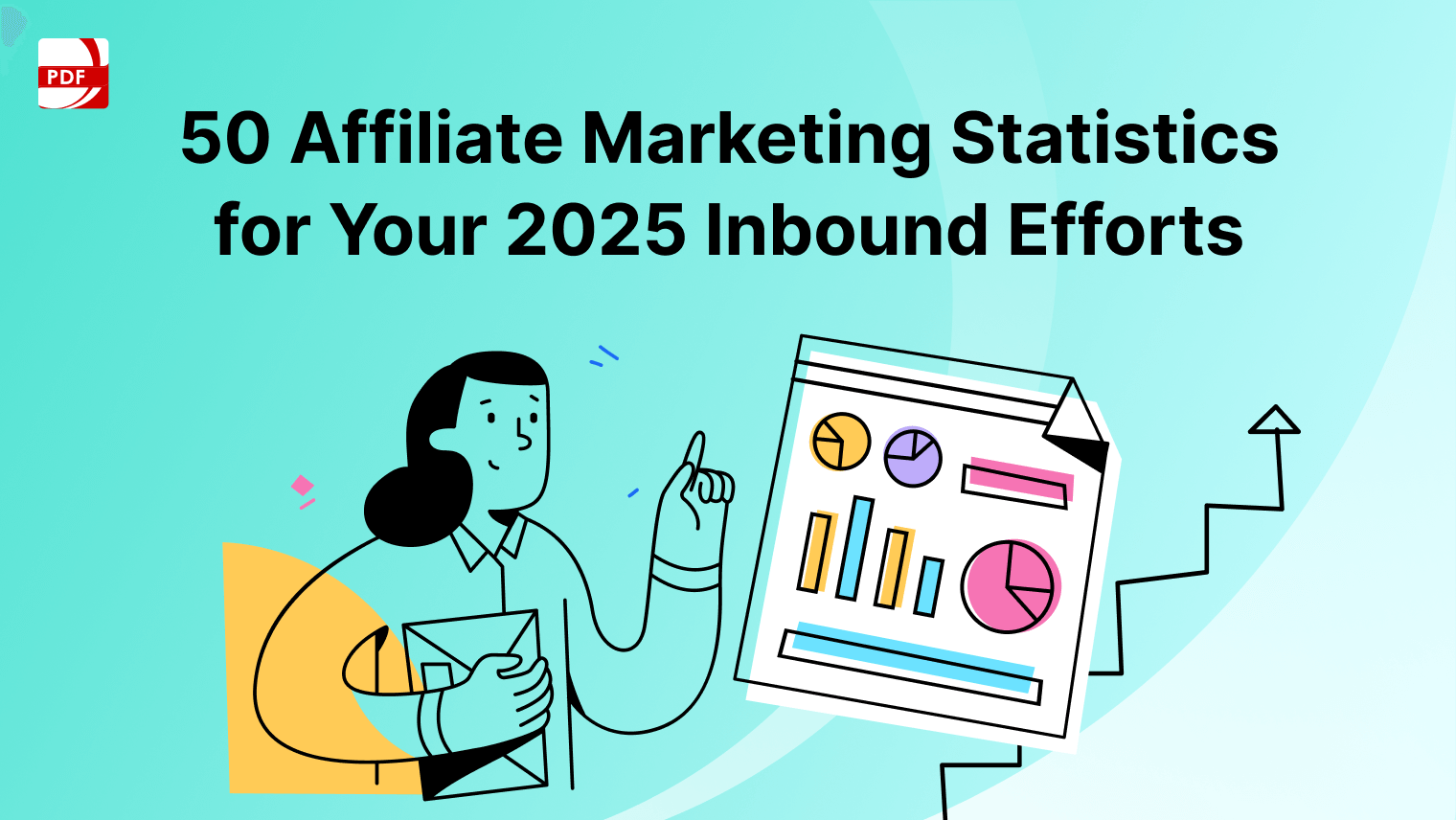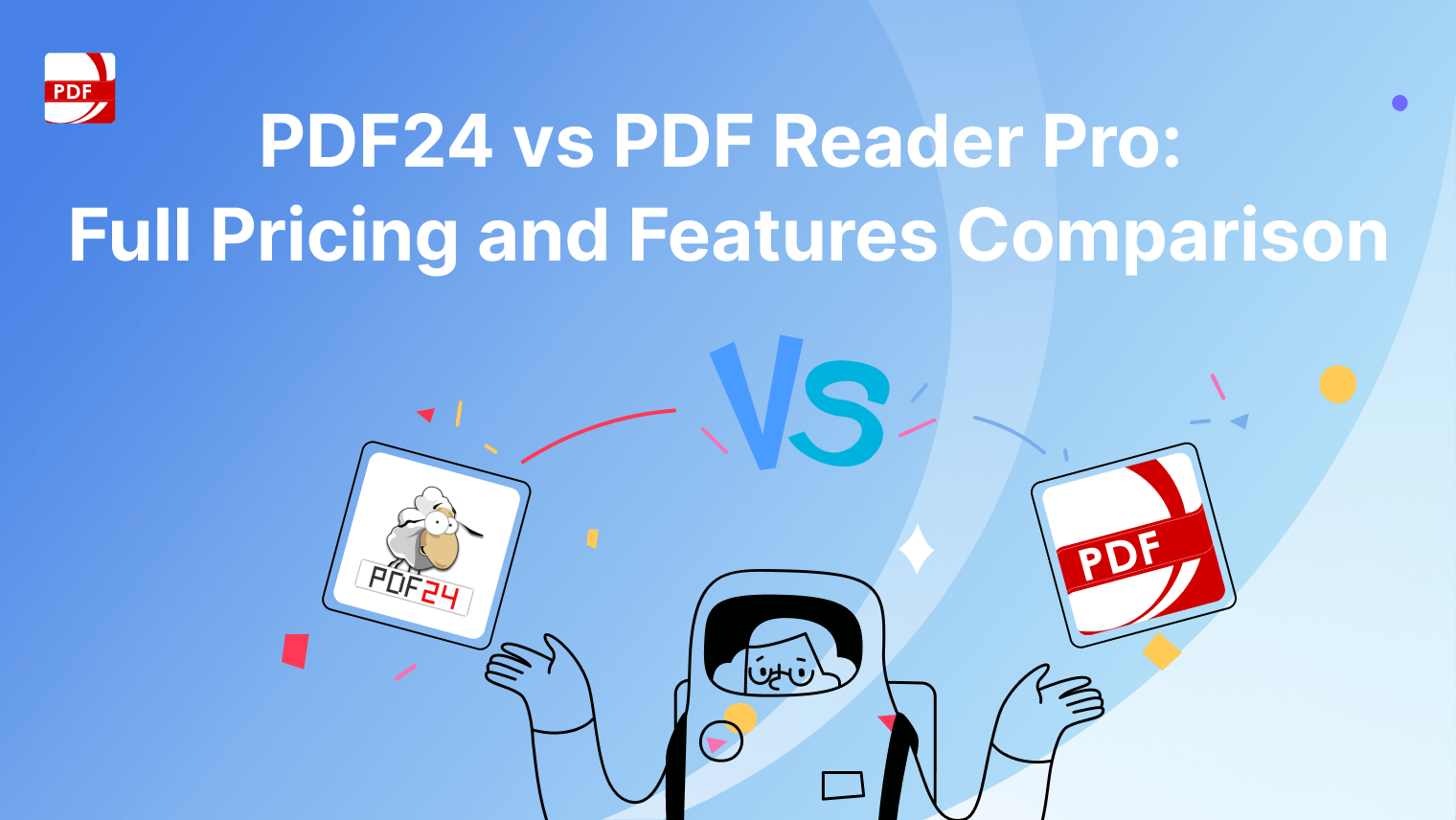AI translators have emerged as powerful tools to facilitate seamless translation between languages. Whether you're a traveler, business professional, or language enthusiast, mastering the use of AI translators can open up new opportunities and enhance your cross-cultural interactions.
What are AI Translators?
AI translators are software applications or platforms powered by artificial intelligence (AI) algorithms that are designed to translate text or speech from one language to another. These translators utilize advanced techniques, such as neural machine translation (NMT), to analyze and understand the input text or speech context.
- Smart Language Helpers: AI translators are like digital language helpers that use fancy computer algorithms to understand and translate text or speech from one language to another.
- Powered by Technology: They rely on advanced technology, such as neural networks and machine learning, to analyze language patterns and make accurate translations.
- Multilingual Magic: These tools can work with multiple languages, making it easier for people who don't speak the same language to communicate effectively.
- Accessible Communication: They make communication across languages more accessible by providing quick and efficient translations for various types of content, like text, documents, websites, and even spoken words.
How to Use PDF Reader Pro's AI Translator
Our new AI translation features form an exciting part of new technology integrations that will assist you with the project management of all your original content.
Step 1: Open Your PDF Document
Open the file that needs translation in our reader.
Image Source: PDF Reader Pro
Step 2: Select Your Translation Language
Opt for batch translation or simply click "translate".
Image Source: PDF Reader Pro
Step 3: Download Your Custom Translation
Review the language translation, completed in only a few minutes by AI.
Image Source: PDF Reader Pro
How to Download PDF Reader Pro for Windows
PDF Reader Pro for Windows is a robust and versatile application designed to meet your PDF file needs, now with the added benefit of translation systems. With a user-friendly interface and a range of powerful features, it stands out as a comprehensive solution.
The simplest method to getting PDF Reader Pro is to click the download button below:
How to Download PDF Reader Pro for Mac
PDF Reader Pro for Mac is a powerful and feature-rich application designed to enhance your PDF document management experience on macOS. Packed with a range of tools, it provides a comprehensive solution for AI-powered translation solutions.
Maximizing the Effectiveness of AI
Mastering the use of AI translators can empower you to overcome language barriers and communicate effectively across languages.
-
Provide Context:
- Offer additional information or context when translating ambiguous phrases or sentences. This helps AI translators understand the intended meaning and produce more accurate translations.
- Offer additional information or context when translating ambiguous phrases or sentences. This helps AI translators understand the intended meaning and produce more accurate translations.
-
Simplify Language:
- Use clear and straightforward language to improve translation accuracy. Avoid complex sentences or idiomatic expressions that may be challenging for AI translators to interpret correctly.
- Use clear and straightforward language to improve translation accuracy. Avoid complex sentences or idiomatic expressions that may be challenging for AI translators to interpret correctly.
-
Proofread and Edit:
- Review and edit translated content for errors or inconsistencies. While AI translators are advanced, they may occasionally make mistakes. Proofreading ensures the final translation is accurate and polished.
- Review and edit translated content for errors or inconsistencies. While AI translators are advanced, they may occasionally make mistakes. Proofreading ensures the final translation is accurate and polished.
-
Consider Cultural Nuances:
- Be mindful of cultural differences and nuances when translating content. Certain phrases or expressions may have different meanings or connotations in different cultures. Adjust translations accordingly to ensure they are culturally appropriate.
- Be mindful of cultural differences and nuances when translating content. Certain phrases or expressions may have different meanings or connotations in different cultures. Adjust translations accordingly to ensure they are culturally appropriate.
-
Leverage Customization Options:
- Take advantage of customization features offered by AI translators. These may include options to specify regional dialects, adjust language preferences, or prioritize certain types of translations.
- Take advantage of customization features offered by AI translators. These may include options to specify regional dialects, adjust language preferences, or prioritize certain types of translations.
-
Feedback Loop:
- Provide feedback to the AI translator platform when necessary. If you notice recurring translation errors or areas for improvement, share this feedback with the platform developers. This helps improve the quality of translations over time.
- Provide feedback to the AI translator platform when necessary. If you notice recurring translation errors or areas for improvement, share this feedback with the platform developers. This helps improve the quality of translations over time.
-
Continuous Learning:
- Keep learning and adapting to the capabilities of AI translators. Stay updated on new features, improvements, and best practices in AI translation technology. By staying informed, you can make better use of AI translators and achieve more accurate translations.

Ensuring Privacy and Security
By implementing these measures, you can help ensure that your privacy and security are protected when using AI services. Always prioritize the protection of your personal data and be vigilant about potential privacy risks.
-
Data Encryption:
- Ensure that data transmission between your device and the AI service is encrypted using secure protocols (e.g., HTTPS). This helps protect your data from unauthorized access during transit.
- Ensure that data transmission between your device and the AI service is encrypted using secure protocols (e.g., HTTPS). This helps protect your data from unauthorized access during transit.
-
Data Handling Policies:
- Review the privacy policies and terms of service of the AI service provider. Understand how they collect, store, and use your data. Choose providers that prioritize user privacy and adhere to industry standards.
- Review the privacy policies and terms of service of the AI service provider. Understand how they collect, store, and use your data. Choose providers that prioritize user privacy and adhere to industry standards.
-
Anonymization and Pseudonymization:
- Whenever possible, avoid providing sensitive or personally identifiable information to AI services. Use anonymization or pseudonymization techniques to protect your identity and privacy.
- Whenever possible, avoid providing sensitive or personally identifiable information to AI services. Use anonymization or pseudonymization techniques to protect your identity and privacy.
-
Opt-Out Options:
- Look for AI services that offer opt-out options or allow you to control the use of your data for personalized recommendations or targeted advertising. Exercise your rights to opt out of data collection or processing if you have concerns about privacy.
- Look for AI services that offer opt-out options or allow you to control the use of your data for personalized recommendations or targeted advertising. Exercise your rights to opt out of data collection or processing if you have concerns about privacy.
-
Data Security Measures:
- Ensure that the AI service provider has robust security measures in place to protect against data breaches and unauthorized access. This may include measures such as encryption, access controls, and regular security audits.
- Ensure that the AI service provider has robust security measures in place to protect against data breaches and unauthorized access. This may include measures such as encryption, access controls, and regular security audits.
-
User Consent:
- Obtain clear consent from users before collecting or processing their personal data for AI-related purposes. Clearly communicate how their data will be used and give them the option to opt out if desired.
- Obtain clear consent from users before collecting or processing their personal data for AI-related purposes. Clearly communicate how their data will be used and give them the option to opt out if desired.
-
Transparency and Accountability:
- Choose AI service providers that are transparent about their data practices and accountable for how they handle user data. Look for providers that adhere to privacy regulations and guidelines, such as GDPR or CCPA.
- Choose AI service providers that are transparent about their data practices and accountable for how they handle user data. Look for providers that adhere to privacy regulations and guidelines, such as GDPR or CCPA.
-
Regular Updates and Patches:
- Keep AI software and applications up to date with the latest security patches and updates. Regularly monitor for security vulnerabilities and address them promptly to minimize the risk of data breaches or unauthorized access.
- Keep AI software and applications up to date with the latest security patches and updates. Regularly monitor for security vulnerabilities and address them promptly to minimize the risk of data breaches or unauthorized access.
-
User Education:
- Educate users about best practices for protecting their privacy and security when using AI services. Provide guidance on choosing secure passwords, avoiding phishing scams, and recognizing potential security threats.
You can also check our guide on How to Translate a PDF.
Future Trends and Developments
Future trends and developments in AI are likely to shape various aspects of technology, society, and industry. Here are some key areas to watch:
-
Advancements in AI Research:
- Continued progress in AI research, including improvements in machine learning algorithms, neural networks, and natural language processing (NLP). This may lead to breakthroughs in AI capabilities, such as better understanding of context and more human-like interactions.
- Continued progress in AI research, including improvements in machine learning algorithms, neural networks, and natural language processing (NLP). This may lead to breakthroughs in AI capabilities, such as better understanding of context and more human-like interactions.
-
AI Ethics and Responsible AI:
- Growing emphasis on AI ethics and responsible AI practices, including transparency, fairness, and accountability. Efforts to develop AI systems that are ethical, unbiased, and aligned with human values will be a significant focus.
- Growing emphasis on AI ethics and responsible AI practices, including transparency, fairness, and accountability. Efforts to develop AI systems that are ethical, unbiased, and aligned with human values will be a significant focus.
-
Explainable AI (XAI):
- Increased demand for explainable AI (XAI) systems that can provide insights into how AI models make decisions. This will enable better understanding and trust in AI systems, especially in critical applications like healthcare and finance.
- Increased demand for explainable AI (XAI) systems that can provide insights into how AI models make decisions. This will enable better understanding and trust in AI systems, especially in critical applications like healthcare and finance.
-
AI Automation and Robotics:
- Expansion of AI automation and robotics across industries, leading to greater efficiency, productivity, and cost savings. AI-powered robots and autonomous systems will play increasingly important roles in manufacturing, logistics, transportation, and healthcare.
- Expansion of AI automation and robotics across industries, leading to greater efficiency, productivity, and cost savings. AI-powered robots and autonomous systems will play increasingly important roles in manufacturing, logistics, transportation, and healthcare.
-
AI in Healthcare:
- Continued integration of AI in healthcare, including applications in medical imaging, diagnosis, drug discovery, and personalized medicine. AI-driven healthcare solutions have the potential to improve patient outcomes, reduce costs, and revolutionize healthcare delivery.
- Continued integration of AI in healthcare, including applications in medical imaging, diagnosis, drug discovery, and personalized medicine. AI-driven healthcare solutions have the potential to improve patient outcomes, reduce costs, and revolutionize healthcare delivery.
-
AI in Education:
- Adoption of AI in education to personalize learning experiences, provide adaptive tutoring, and support remote and online learning. AI-powered educational tools and platforms will help address individual learning needs and enhance student engagement and performance.
- Adoption of AI in education to personalize learning experiences, provide adaptive tutoring, and support remote and online learning. AI-powered educational tools and platforms will help address individual learning needs and enhance student engagement and performance.
-
AI in Climate Change and Sustainability:
- Leveraging AI to address climate change and sustainability challenges, such as climate modeling, energy optimization, and environmental monitoring. AI technologies can help identify solutions to mitigate environmental impact and promote sustainable practices.
- Leveraging AI to address climate change and sustainability challenges, such as climate modeling, energy optimization, and environmental monitoring. AI technologies can help identify solutions to mitigate environmental impact and promote sustainable practices.
-
AI Augmentation:
- Rise of AI augmentation, where AI technologies enhance human capabilities and decision-making rather than replace them. Augmented intelligence systems will empower individuals and organizations to make better-informed decisions and achieve greater outcomes.
- Rise of AI augmentation, where AI technologies enhance human capabilities and decision-making rather than replace them. Augmented intelligence systems will empower individuals and organizations to make better-informed decisions and achieve greater outcomes.
-
AI Regulation and Governance:
- Increased regulation and governance of AI technologies to address concerns related to privacy, security, bias, and societal impact. Governments and regulatory bodies will play a crucial role in establishing guidelines and standards for responsible AI development and deployment.
- Increased regulation and governance of AI technologies to address concerns related to privacy, security, bias, and societal impact. Governments and regulatory bodies will play a crucial role in establishing guidelines and standards for responsible AI development and deployment.
-
Collaborative AI Systems:
- Development of collaborative AI systems that enable humans and AI agents to work together synergistically. These systems will foster human-AI collaboration in various domains, from creative endeavors to scientific research.

FAQs: High-Quality Translations with AI
Have questions about our translation tools and translation management? Peruse our FAQ section to find the answers about document translation.
Can AI translators provide high-quality translations?
Yes, AI translators can deliver high-quality translations by leveraging advanced algorithms and neural networks to understand and translate text or speech accurately.
How can I ensure the quality of translations from AI translators?
You can ensure high-quality translations by:
- Choosing reputable AI translation software with a track record of accuracy.
- Providing context and clear input to improve translation accuracy.
- Reviewing and editing translations for errors or inconsistencies.
What factors affect the quality of AI translations?
Several factors influence translation quality, including:
- Language pairs: Some language combinations may yield more accurate translations than others.
- Translation software: Different AI translation tools may vary in accuracy and performance.
- Translation process: The methodology and approach used in the translation process can impact quality.
Can AI translators handle specialized or domain-specific content?
Yes, some AI translators are equipped to handle domain-specific content by using specialized terminology and language models tailored to specific industries or fields.
Are human translators still necessary for ensuring translation quality?
While AI translators can produce high-quality translations, human translators may still be needed for certain tasks that require cultural nuances, context interpretation, or subjective judgment.
How does AI translation technology ensure consistency in translations?
AI translation technology maintains consistency in translations by:
- Using terminology management tools to ensure consistent use of terms and terminology across translations.
- Employing style guides and linguistic rules to maintain consistency in writing style and grammar.
Can AI translators translate documents in real-time?
Yes, some AI translation tools offer real-time translation capabilities, allowing users to translate text or speech instantaneously during live conversations or meetings.
How does AI translation technology address language barriers?
AI translation technology helps overcome language barriers by providing accurate translations between different languages, enabling seamless communication and collaboration across linguistic boundaries.
Can AI translators translate content while preserving the original formatting?
Yes, many AI translation tools can preserve the original formatting of documents or content during the translation process, ensuring that the layout and structure remain intact.
By understanding how AI translators work, choosing the right tool for your needs, and implementing best practices, you can unlock new opportunities for cross-cultural exchange and collaboration. Embrace AI translation as a valuable tool for breaking down linguistic barriers and fostering meaningful connections in an increasingly diverse and interconnected world.









 Free Download
Free Download 





 Support Chat
Support Chat